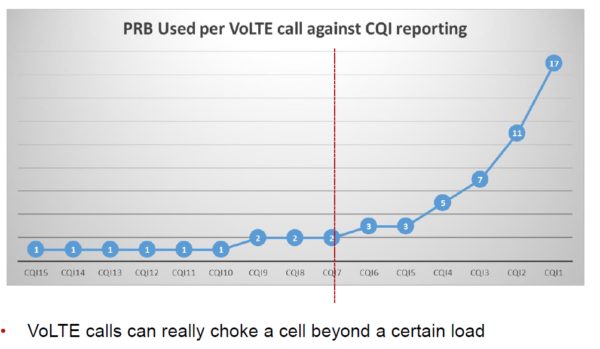Exploring 5G Research Papers: Key Findings and Innovations
telcomatraining.com – The advent of 5G technology has revolutionized wireless communication, enabling faster data transfer, lower latency, and improved connectivity. Researchers worldwide have been investigating the potential of 5G in various sectors, including healthcare, automotive, and smart cities. This article explores key findings and innovations from recent 5G research papers, highlighting their impact on modern technology.
1. Enhanced Network Speeds and Low Latency
One of the most significant findings in 5G research is the substantial improvement in network speed and latency. Studies indicate that 5G networks can achieve speeds of up to 10 Gbps, making them 100 times faster than 4G. Additionally, ultra-low latency, often below 1 millisecond, allows real-time communication, crucial for applications like autonomous vehicles and remote surgery.
2. Massive MIMO Technology
Massive Multiple Input Multiple Output (MIMO) is a key innovation in 5G networks. Research papers emphasize how MIMO enhances spectrum efficiency by using multiple antennas at both the transmitter and receiver ends. This technology significantly improves network capacity and reliability, enabling seamless communication in dense urban environments.
3. Millimeter-Wave (mmWave) Communication
The use of millimeter-wave (mmWave) frequencies in 5G networks has opened new possibilities for high-bandwidth applications. Research highlights that mmWave can provide enhanced data rates, but it also presents challenges such as signal attenuation and interference. Innovations in beamforming and advanced antenna designs have been proposed to overcome these limitations, ensuring robust connectivity.
4. Network Slicing for Customization
Network slicing is another breakthrough discussed in 5G research. This technology allows the creation of multiple virtual networks within a single physical infrastructure. Each slice can be customized for specific applications, such as ultra-reliable low-latency communication (URLLC) for healthcare or massive machine-type communication (mMTC) for IoT devices. This flexibility ensures optimized performance for diverse use cases.
5. Security and Privacy Enhancements
With the expansion of 5G networks, security has become a critical concern. Research papers highlight various security measures, including end-to-end encryption, AI-driven threat detection, and blockchain-based authentication. These advancements help protect user data and prevent cyber threats, making 5G networks more secure and reliable.
6. 5G in Smart Cities and IoT
Smart cities and the Internet of Things (IoT) greatly benefit from 5G technology. Studies indicate that 5G enables real-time data collection and analysis, improving urban infrastructure, traffic management, and emergency response systems. The increased connectivity supports a seamless exchange of information between smart devices, leading to enhanced automation and efficiency.
Conclusion
The continuous research on 5G technology has led to groundbreaking advancements, from enhanced network speeds to security improvements. These innovations pave the way for future applications in various industries, transforming the way we communicate and interact with technology. As research progresses, we can expect even more revolutionary changes that will further optimize and expand the capabilities of 5G networks.
By staying informed about these developments, businesses and individuals can leverage 5G technology to drive innovation and efficiency in their respective fields.







